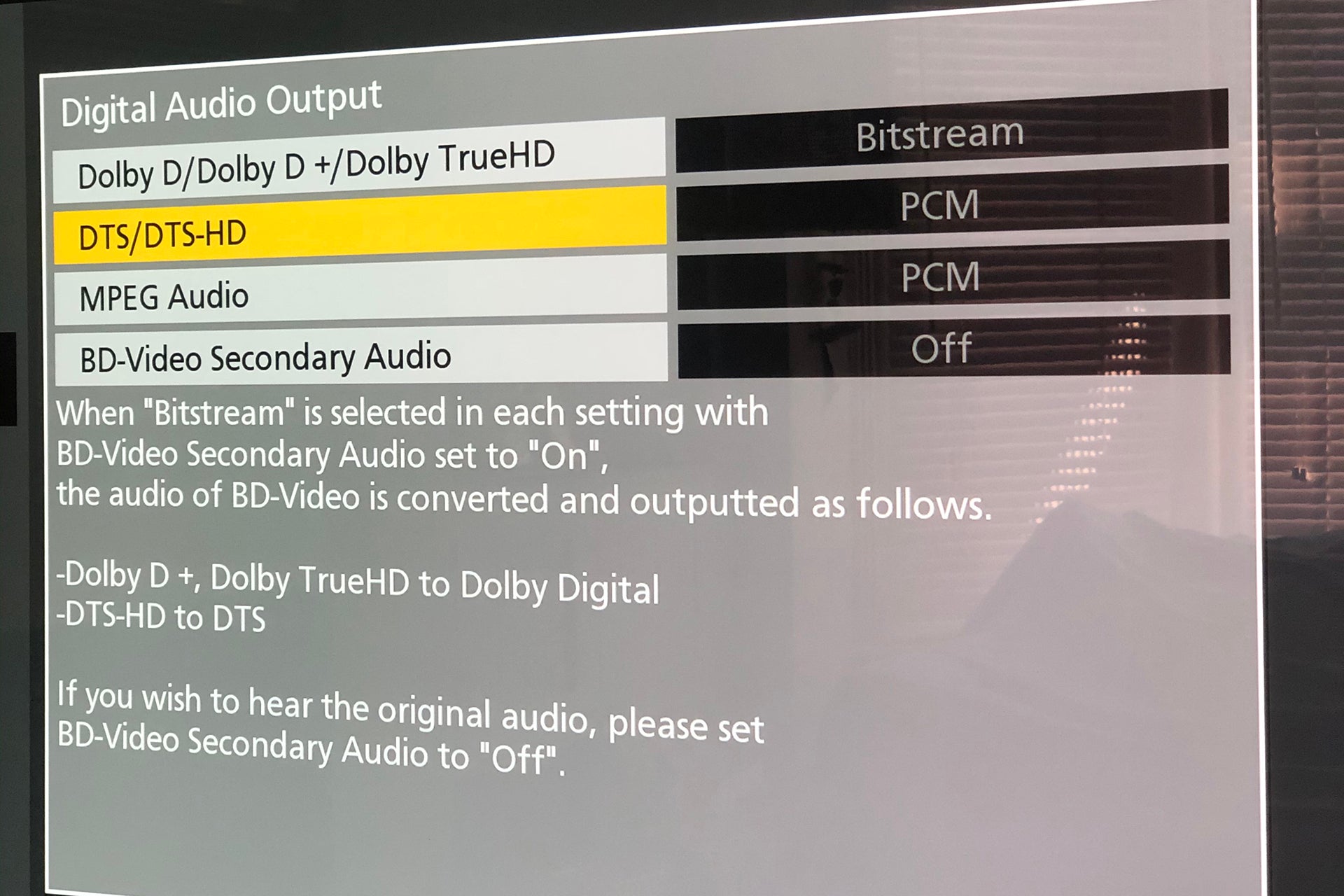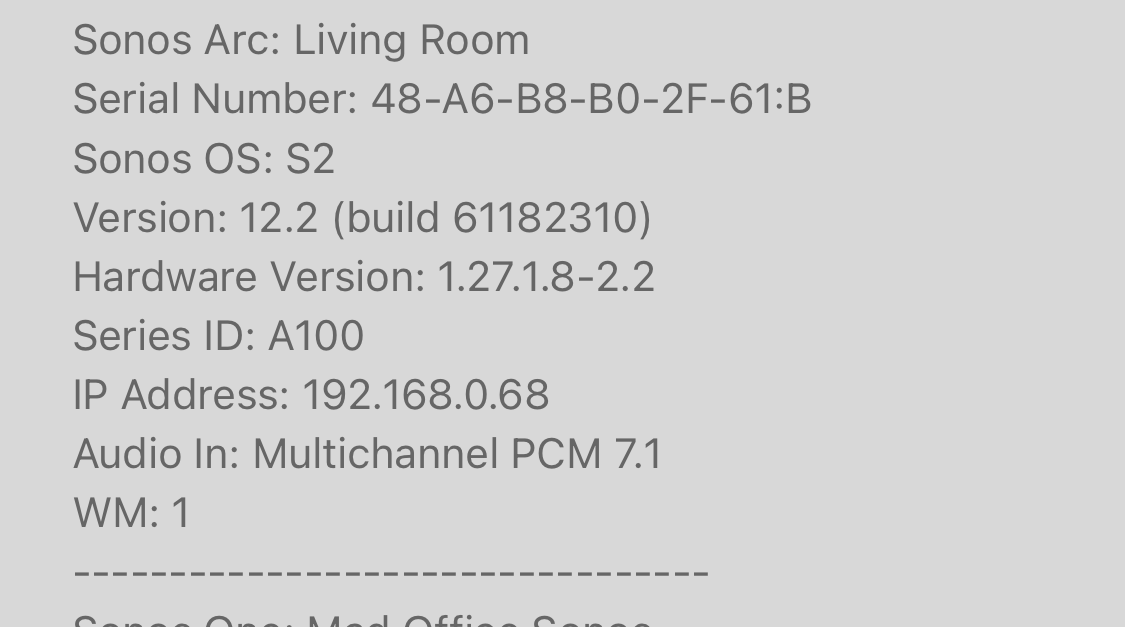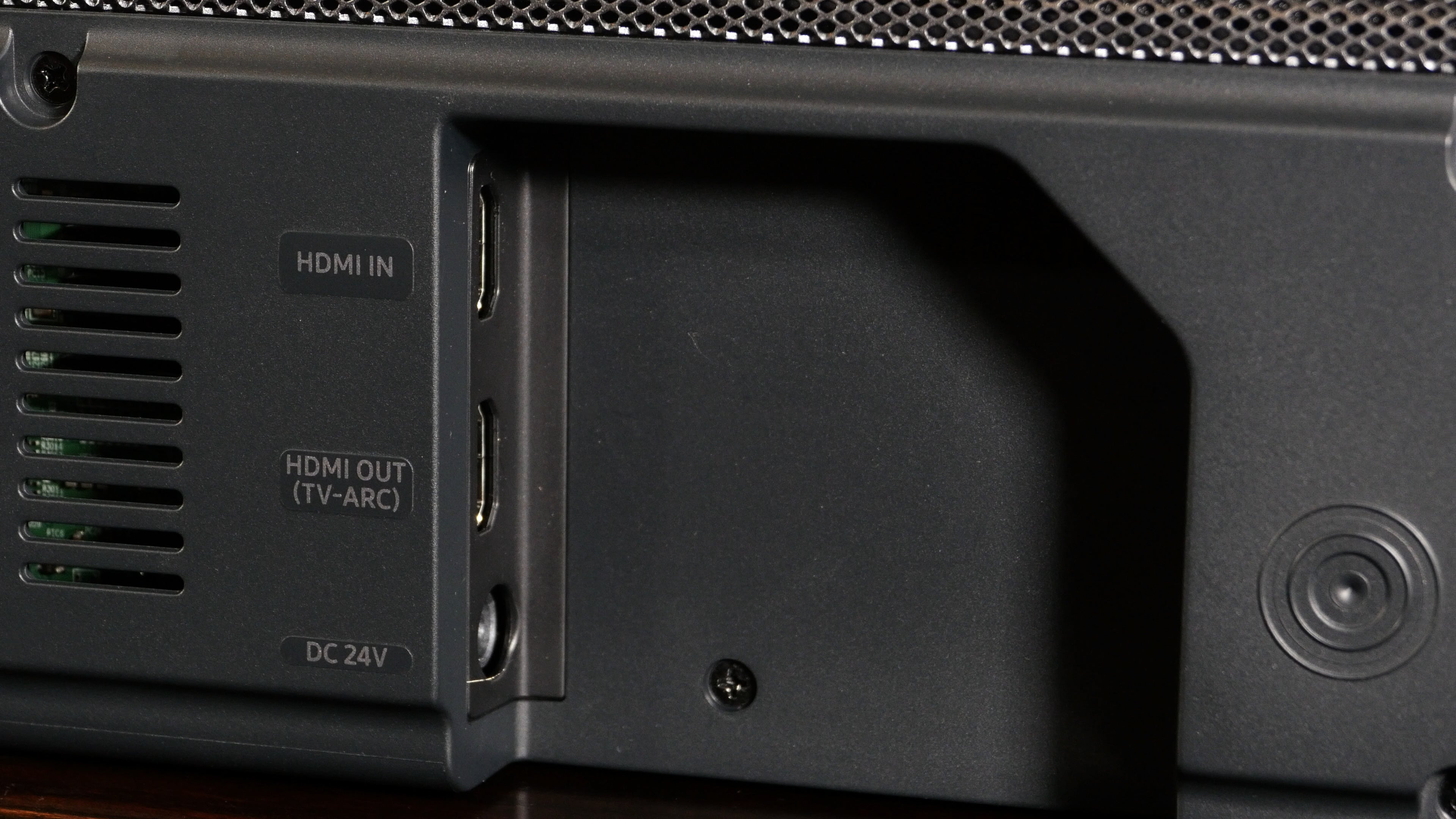How to get DTS sound on Sonos Arc and Beam

If you’ve got a Sonos soundbar, such as the Sonos Beam (Gen 2) or Sonos Arc, then you may initially have been put off by the lack of DTS support. As of a recent firmware update, Sonos’ soundbars now support DTS but only the basic compressed version, not the full lossless DTS-X and DTS-HD MA.
That’s OK for older DVDs, but if you’ve got Blu-ray or 4K Blu-ray discs then you’re potentially losing out on sound quality with the compressed sound format.
For the most part, it’s a strategy that works until you try and play a Blu-ray that only has a DTS soundtrack, in which case you’ll probably find that you don’t get any sound. So, what can you do about it? The answer really depends on the type of kit that you have. Here, we’ll explain the different options.
The Short Version
- Stick with standard DTS
- Use PCM audio
- Check what audio you are getting
Step
1Stick with standard DTS
The easiest option is to stick with standard DTS, although you won’t get the full quality audio and you won’t be able to listen to the 3D sound format DTS-X, which is similar to Dolby Atmos. In this case, you don’t need to do anything: the sound format will automatically be downscaled to standard DTS.
This is a good option for the soundbars that don’t support higher-resolution audio, including the original Sonos Beam, Sonos Playbar and Sonos Playbase.Step
2Use PCM audio

If you have a Sonos Arc or Sonos Beam (2nd Gen), both of these have an HDMI eARC input, which lets that support higher-quality sound formats thanks to the extra bandwidth this format supports. This doesn’t mean that DTS-X or DTS-HD MA will work, but there is a workaround: use PCM audio instead.
With this audio format, your player decodes the soundtrack and sends it as uncompressed audio.
Depending on the player you have, you will either have the option to change the audio output to PCM for all sound formats or specifically for DTS only. My test Panasonic Ultra HD Blu-ray player, for example, lets you change the sound output for DTS audio to PCM, leaving Dolby Digital as Bitstream.
Bitstream is the best option where possible, as this is the compressed version of the audio, which can carry additional metadata required for Dolby Atmos to work.
PCM sounds like a good workaround but it has some limitations. First, PCM strips out all metadata, so the Sonos Arc and Sonos Beam (Gen 2) will only get the equivalent of DTS-HD MA; DTS-X will not work properly. Secondly, you need to have eARC for multi-channel LPCM to get all of the channels; if you have a TV with HDMI ARC, PCM is limited to stereo sound.
There is a workaround: buy the HDFury Arcana and this little box bypasses your TV. This box has an HDMI input (you can use it with an HDMI switch for multiple devices), and then two outputs: one runs video to your TV and one runs eARC to the Sonos Arc. Using this box, I sent 7.1 PCM audio from my Ultra HD Blu-ray player directly to the ARC, finally getting surround sound on the discs that I own that have DTS-only soundtracks.
Just be aware that if your player only has a blanket option to send all audio as PCM, you’ll lose Dolby Atmos support where available.
Step
3Check what audio you are getting

The problem with changing audio settings is that you can end up disabling higher-quality sound formats. Fortunately, Sonos gives you some ways to check. First, if you are playing Dolby Atmos content, the Sonos app will show you that the Sonos Arc is receiving this sound format. DTS content shows up with a display that says ‘DTS Surround’.
For other formats, you need to go to Settings > About my System. Here, Sonos will tell you the format that your soundbar is receiving and how many channels of sound it’s getting. If you see that you’re only getting stereo sound and should be getting 5.1 or more Dolby Digital, then you need to check your player settings and make sure that the sound format output is set to Bitstream.
Once you get LPCM working, then checking the same settings should show that you’re getting this audio format in. If you’re not, check your player’s settings, and try switching inputs to and from your player to see if this fixes the issue.
FAQs
All home-cinema products do, including the Playbar, Playbase, Beam, Beam (2nd Gen), Arc and Amp.
Standard DTS only is supported; DTS-HD MA and DTS-X are downscaled.
There’s no perfect solution
Sonos enabling basic DTS support makes life easier in some regards, and you’ll have to faff around less to at least get audio out of DTS-only sources. The lack of support for higher-quality DTS sound formats is frustrating, particularly on the Sonos Arc and Sonos Beam (2nd Gen), both of which have the bandwidth to deal with DTS-HD MA and DTS-X. Guaranteed, these sound formats aren’t as popular as Dolby Digital and Dolby Atmos, particularly on streaming services, but for completeness, and for those with a lot of physical media, it would be good to see Sonos embrace all sounds formats.




